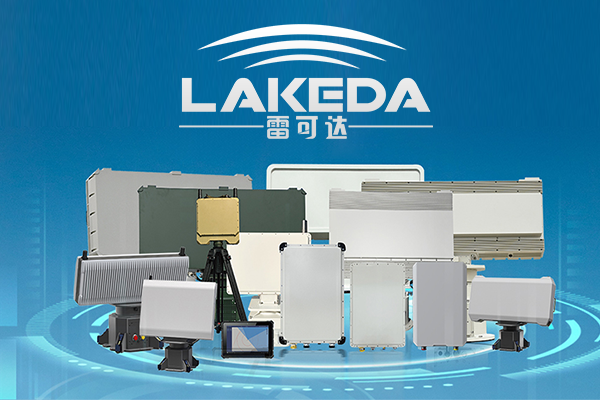Laser security radar, as a key technology in modern security surveillance systems, is widely used in various security scenarios. It features long-range detection, centimeter-level accuracy, real-time ranging, and strong environmental adaptability, enabling it to stably generate high-precision 3D images under different lighting conditions, providing reliable data support for intelligent security systems.
In perimeter protection applications, laser security radar can be used for intrusion monitoring along physical fence boundaries. Leveraging its high-precision sensing capabilities, users can flexibly customize digital boundaries, create virtual security zones without physical fences, and deploy intelligent intrusion detection systems, significantly enhancing regional security protection.
In access point and checkpoint management scenarios, laser security radar can track the movement trajectories of dense crowds in real time without collecting personal identity information. The system not only supports crowd flow statistics and access point status monitoring but also enables precise crowd control, making it suitable for public security management during situations such as pandemics where social distancing is required, balancing both order maintenance and public health protection.
Compared to traditional security devices, laser security radar offers distinct advantages. Common closed-circuit television (CCTV) cameras typically provide only 2D images, rely on post-event playback, lack real-time capabilities, and perform poorly in harsh environments such as darkness, rain, or snow. Although thermal imaging cameras are suitable for low-light conditions, they are costly and unable to achieve three-dimensional perception. Millimeter-wave radar generally falls short in terms of accuracy and resolution compared to lidar. With high reliability, all-weather operation capability, and excellent environmental adaptability, laser security radar stands out among various types of sensors.
Additionally, laser security radar excels in privacy protection. By collecting 3D point cloud data instead of color images, the system processes human bodies as anonymous 3D objects, avoiding the recording of identifiable biometric features and significantly reducing the risk of privacy leakage in applications such as crowd statistics and access control management.
In terms of deployment and cost-effectiveness, laser security radar also performs exceptionally well. Its detection range can be several times that of traditional cameras, with a single device covering a larger area, effectively reducing the number of sensors required and lowering installation and logistics costs. Combined with machine learning and 3D sensing algorithms, the system can automatically scan the field of view, generate point cloud data in real time, and output anonymized analysis results. Overall, lidar systems are easy to deploy, efficient in data processing, and have low computational resource requirements, making them an ideal technological choice for building modern intelligent security systems.
Further Reading
- White Paper on Lidar Technology Applications in the Security Industry - China Security and Protection Industry Association
- Technical Requirements for Lidar Perimeter Protection Systems - Ministry of Public Security of the People’s Republic of China
- White Paper on Intelligent Perception and Privacy Protection Technologies - Chinese Association for Artificial Intelligence
